This is not a series or parallel circuit, because the definition is based off the load, not the wires. You have two wires connecting to only one element. Also, the power source doesn't count as an "element" as you meant.
Think about it like this:
You have one line like below:
_________________________-
Is this line parallel or perpendicular?
Answer: Neither. You need two lines to determine if it is parallel or perpendicular.
Now, you have two lines:
_________________________-
_________________________-
They are parallel.
Similarly, you need at least two elements in a circuit for it to be parallel or series.
Series:
|_______1_________2________|
Parallel:
|___________1_____________|
|\ __________2____________/
